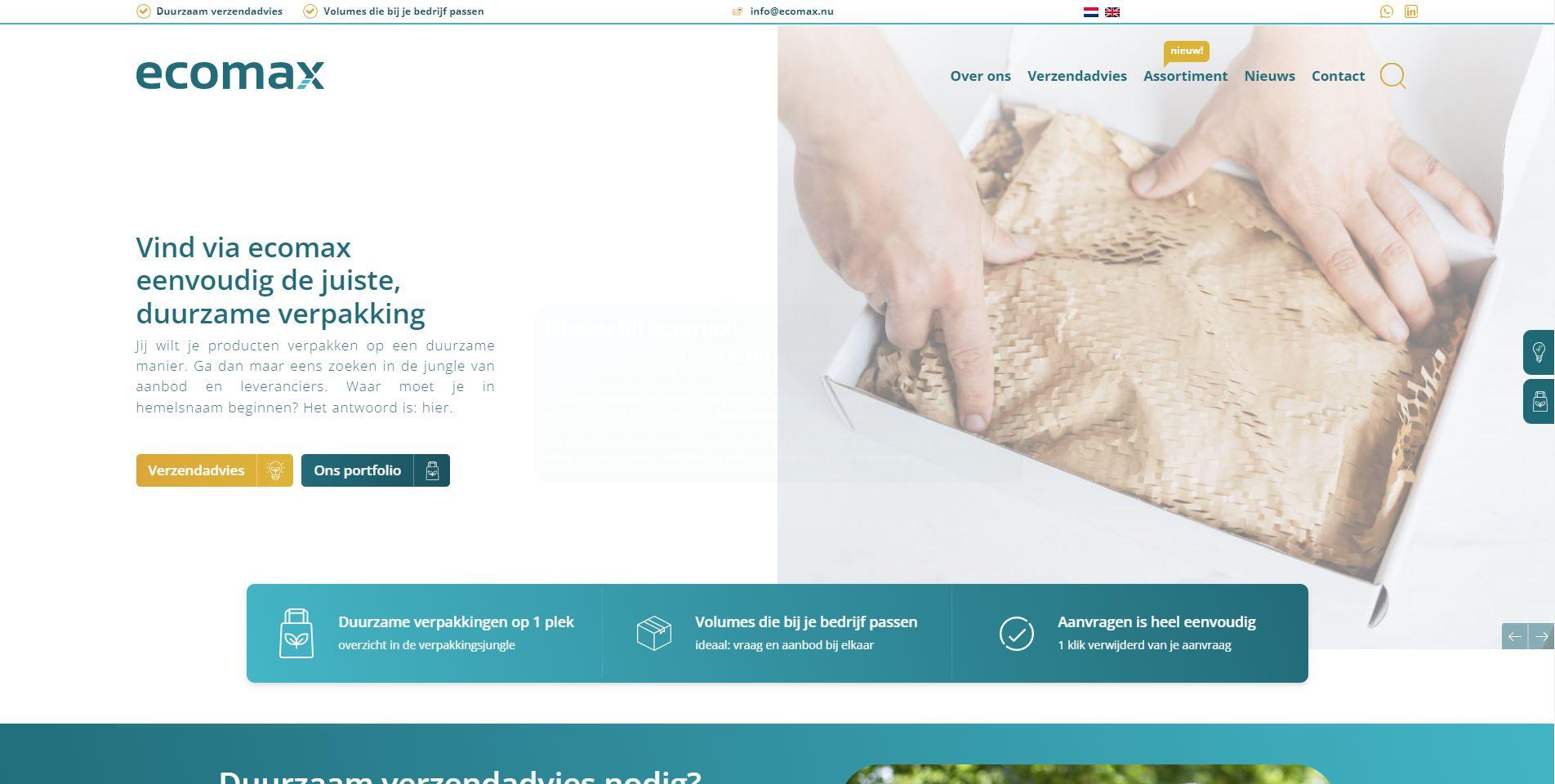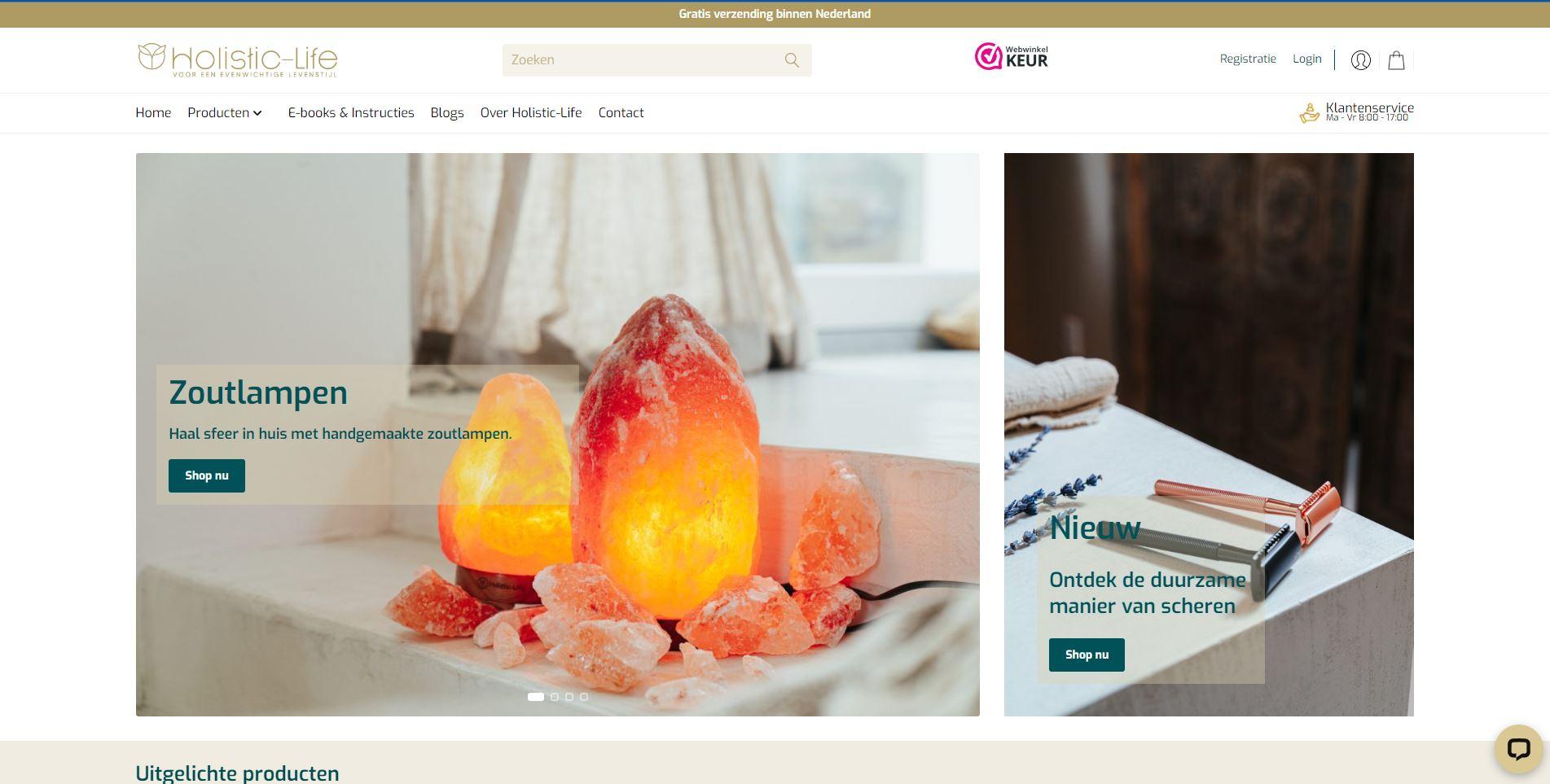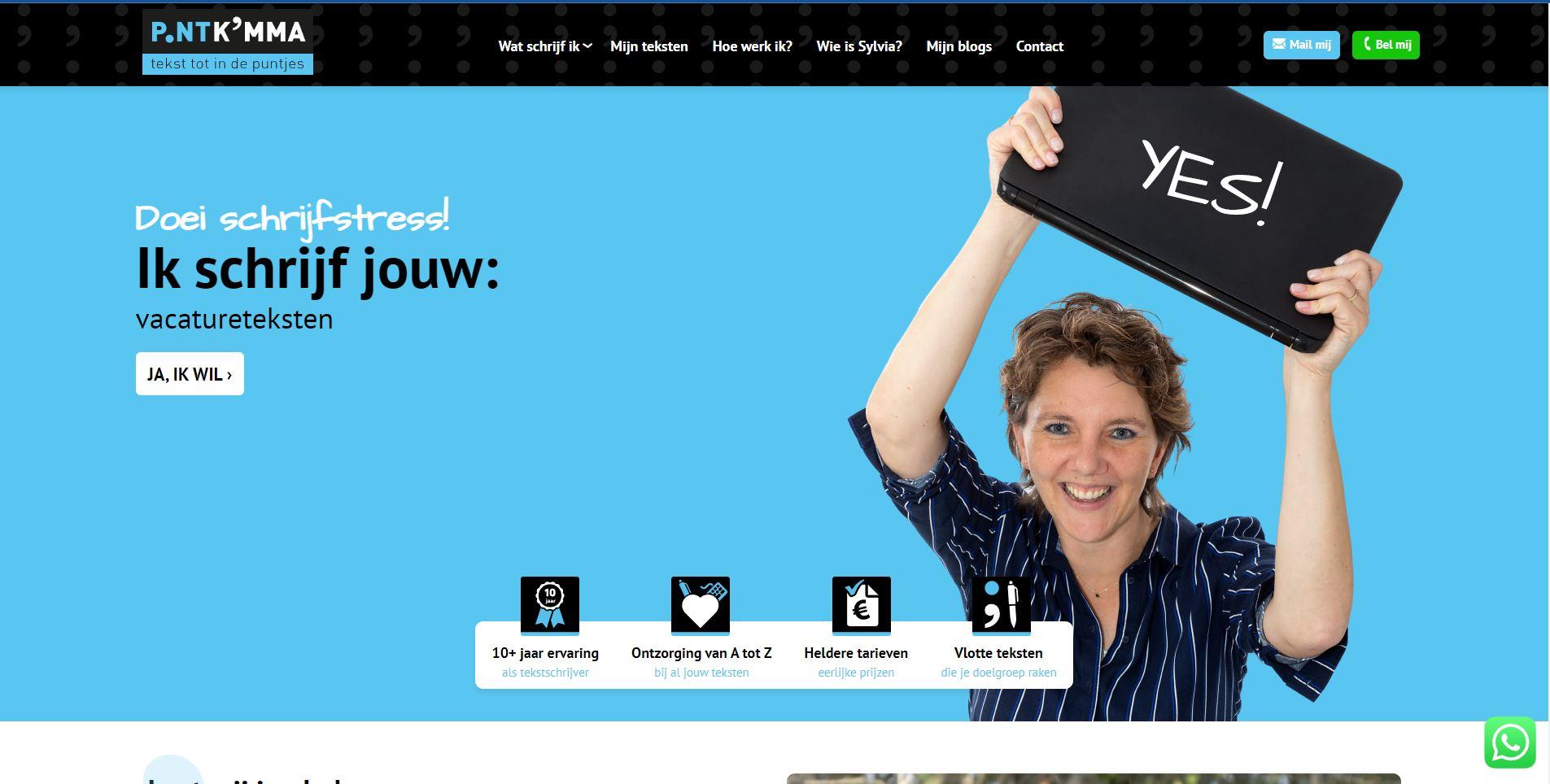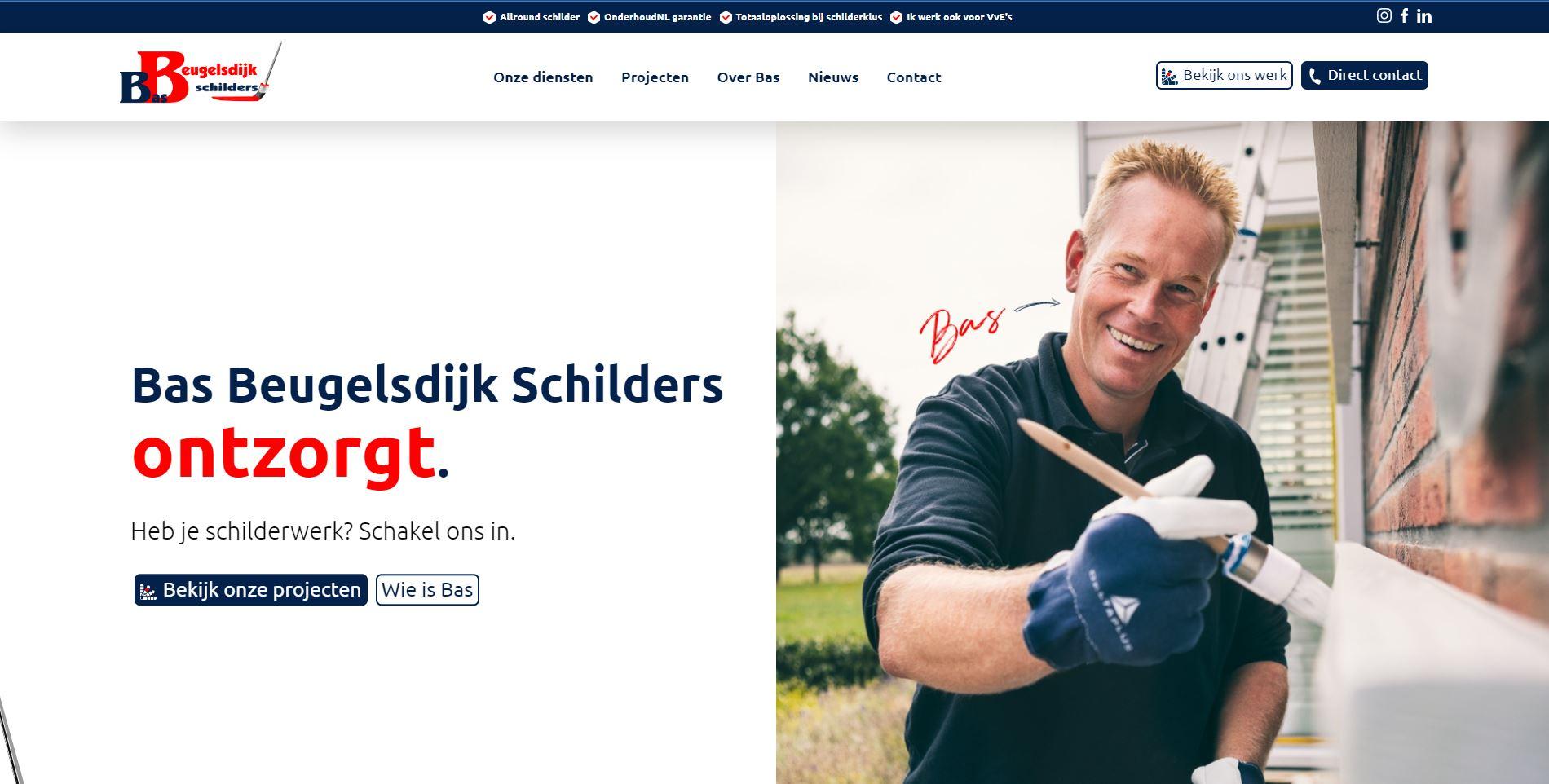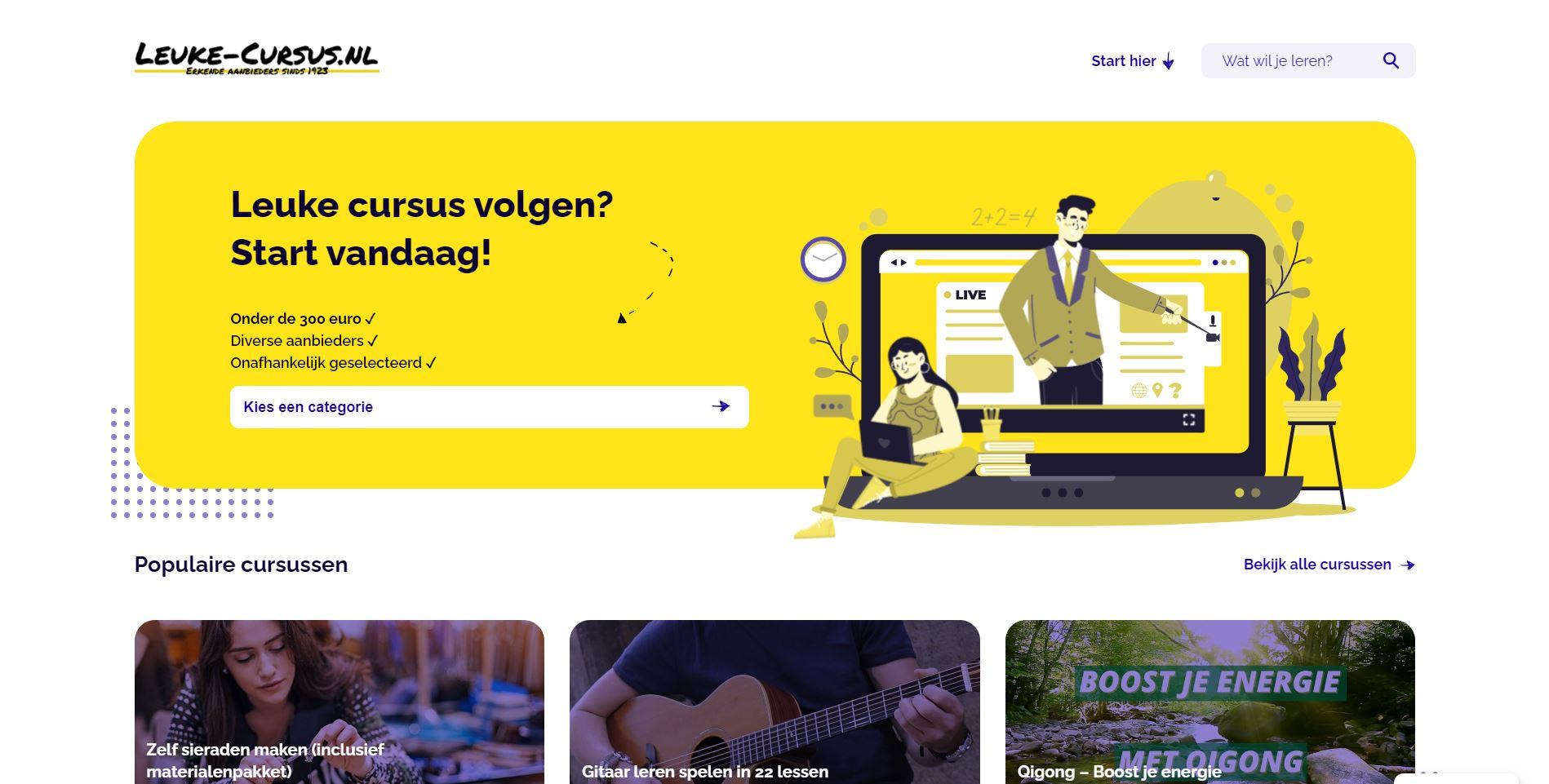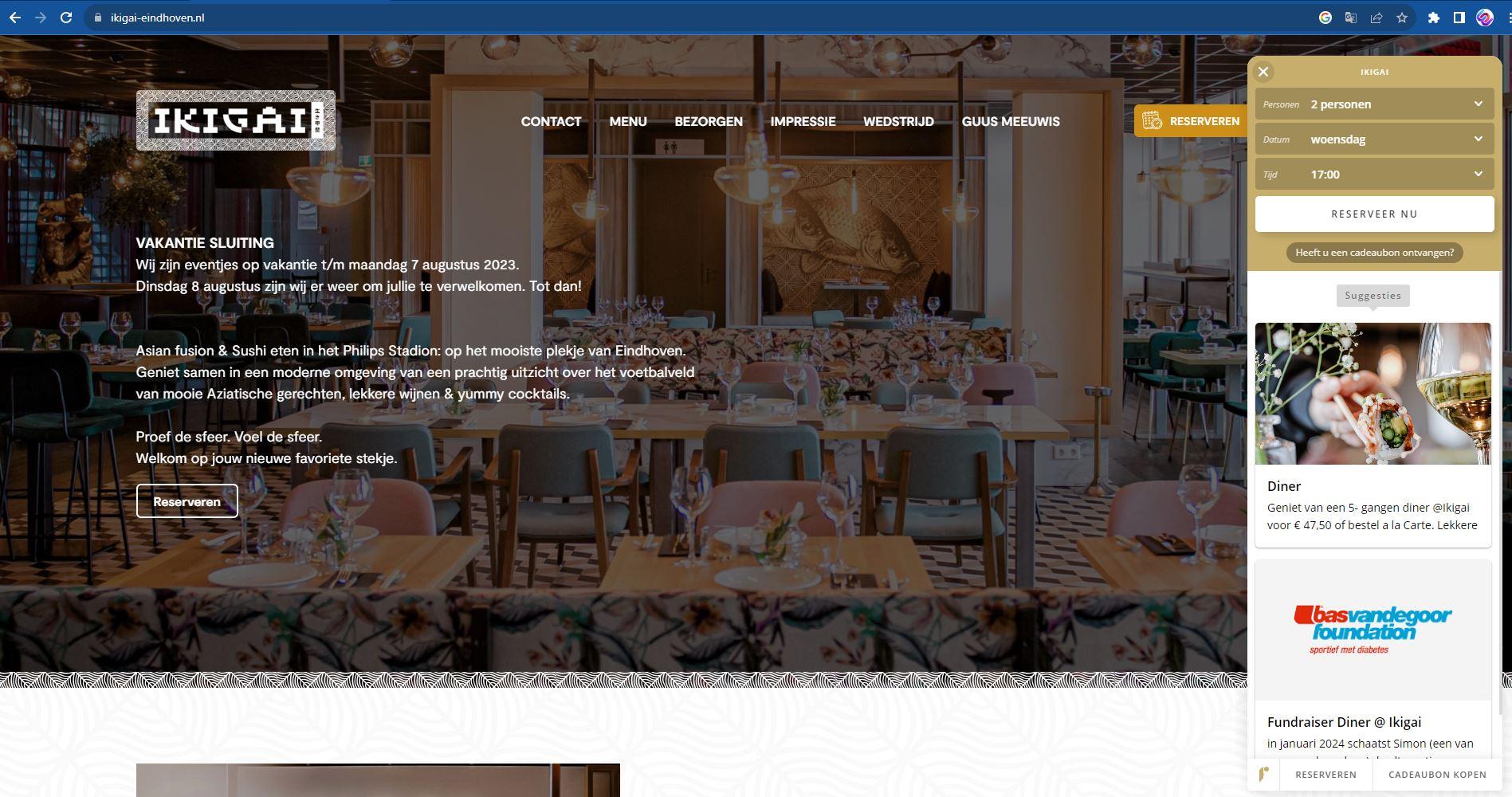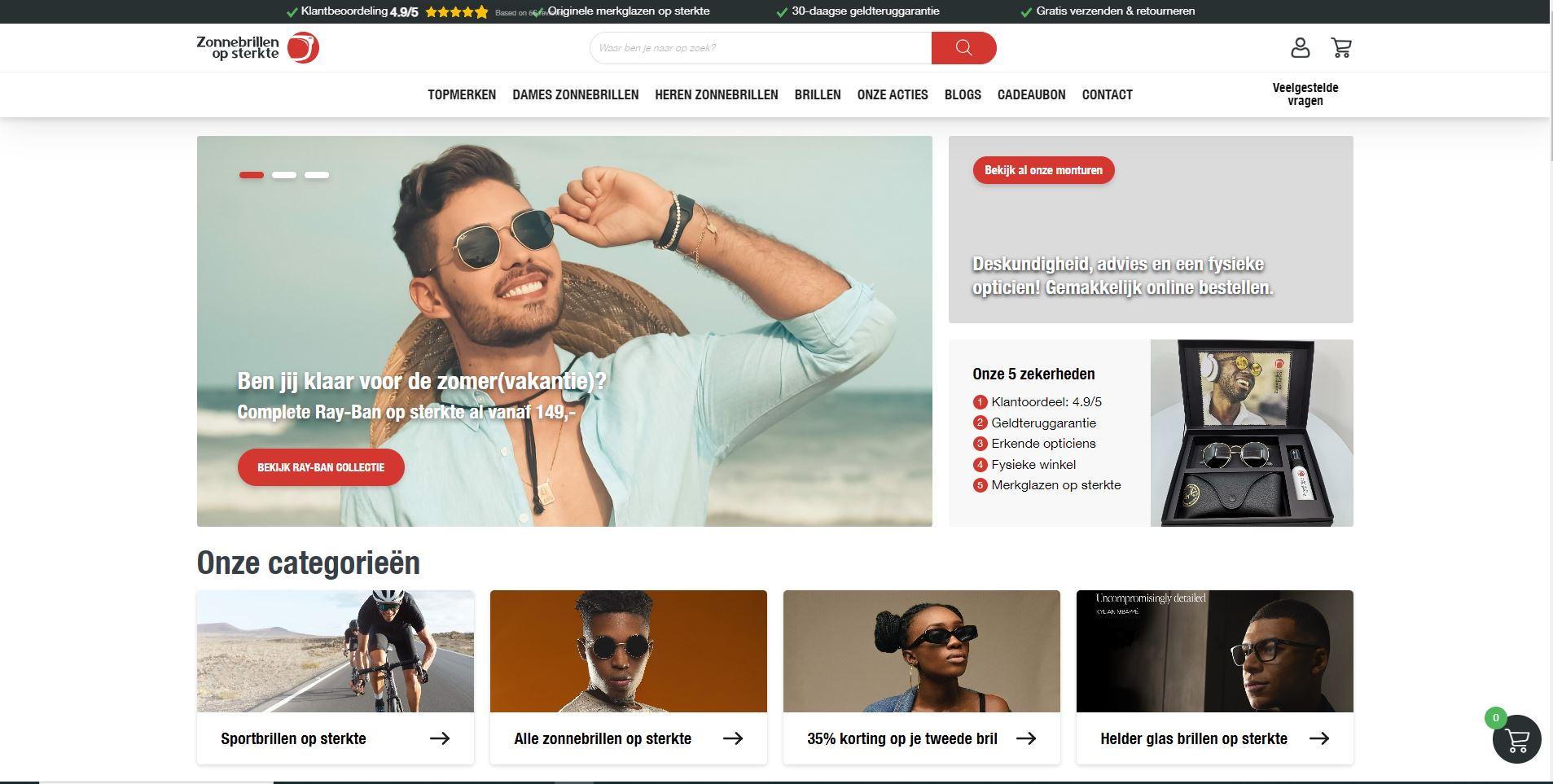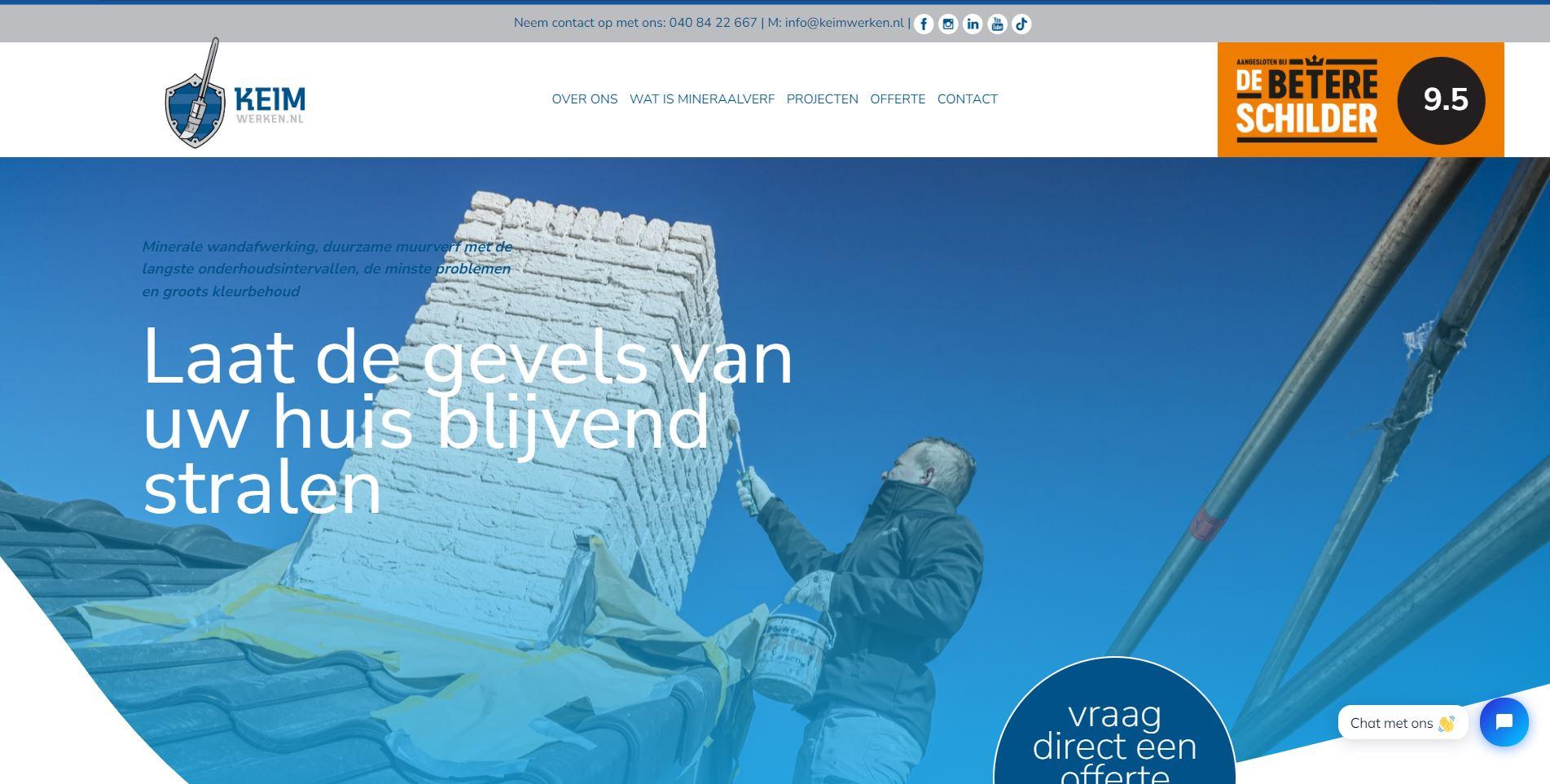Logos are the visual representation of a company’s identity. They are the face of your business, communicating your brand’s values, message, and personality to the world. A professional logo can set your company apart from the competition, establish credibility, and leave a lasting impression on your target audience. In this guide, we’ll walk you through the essential steps to create a professional logo that effectively captures the essence of your business.
Understanding the Importance of a Professional Logo
A professional logo is the cornerstone of your brand’s visual identity. It serves as a memorable symbol that customers associate with your products or services. A well-designed logo creates trust, reflects professionalism, and communicates your brand’s values at a glance.
Defining Your Brand Identity
Before diving into the design process, clearly define your brand’s identity. Identify your company’s mission, values, and unique selling propositions. This clarity will guide your logo design and ensure it aligns with your overall brand messaging.
Researching Your Industry and Competitors
Research is crucial to understanding the visual landscape of your industry. Analyze competitors’ logos to identify design trends and ensure your logo stands out. Look for gaps in the market that your logo could fill creatively.
Choosing the Right Color Palette
Colors evoke emotions and convey meaning. Select a color palette that resonates with your brand’s personality and appeals to your target audience. Ensure the chosen colors are versatile and work well across various applications.
Selecting Appropriate Fonts
Typography plays a significant role in logo design. Choose fonts that are legible and reflect your brand’s tone. Experiment with different font combinations to find the perfect balance between uniqueness and readability.
Incorporating Meaningful Symbols or Icons
Integrate symbols or icons that represent your brand’s core values or industry. These elements can enhance the visual appeal of your logo and create a deeper connection with your audience.
Sketching Your Initial Ideas
Start the design process by sketching out rough concepts. Let your creativity flow without being overly critical at this stage. Sketching allows you to explore various possibilities before committing to a digital design.
Digital Design: Translating Your Vision into Reality
Transfer your sketch to digital design software to refine your logo’s details. Pay attention to proportions, symmetry, and alignment. Use vector graphics for a clean and resizable design.
Simplicity and Scalability: Designing for Versatility
A professional logo should be simple enough to be recognized at any size, from a tiny favicon to a billboard. Avoid complex details that might become indistinguishable when scaled down.
Seeking Feedback and Iterating
Gather feedback from colleagues, clients, or focus groups. Constructive criticism can help you identify areas for improvement and refine your design further. Iterate based on the feedback received.
Finalizing Your Logo Design
Once you’re satisfied with the design and have received positive feedback, finalize your logo. Ensure all elements are harmoniously integrated, and the design reflects your brand’s identity and values.
Protecting Your Logo: Trademarks and Copyrights
Protect your logo by registering it for trademarks and copyrights. This legal step ensures that your logo is uniquely associated with your brand and prevents unauthorized use.
Integrating Your Logo Across Platforms
Consistency is key when using your logo across different platforms. Ensure your logo looks appealing and legible on websites, social media, business cards, merchandise, and other marketing materials.
Logo Evolution: Adapting to Changing Trends
As design trends evolve, consider periodically refreshing or updating your logo to stay relevant. However, maintain core elements to retain brand recognition and continuity.
Measuring the Impact of Your Logo
Regularly assess how your logo influences brand perception, recognition, and customer engagement. Adjust your logo strategy as needed based on the insights gained.
Conclusion
Creating a professional logo for your company is a thoughtful and creative process that requires a deep understanding of your brand and target audience. A well-designed logo can significantly contribute to your brand’s success by conveying a compelling visual identity that resonates with customers.
FAQs
- How do I choose the right colors for my logo? Select colors that align with your brand’s personality and consider their psychological impact on your audience.
- Can I design my own logo without professional help? While it’s possible, working with a professional designer ensures a polished and effective result.
- What file formats should I have for my logo? It’s recommended to have your logo in vector formats like AI or EPS for scalability, along with high-resolution PNG and JPEG formats.
- How often should I update my logo? Logo updates should be driven by significant brand changes or evolving design trends, rather than a fixed timeframe.
- What’s the significance of a versatile logo design? A versatile logo remains recognizable and legible across various sizes and applications, ensuring consistent brand representation.




